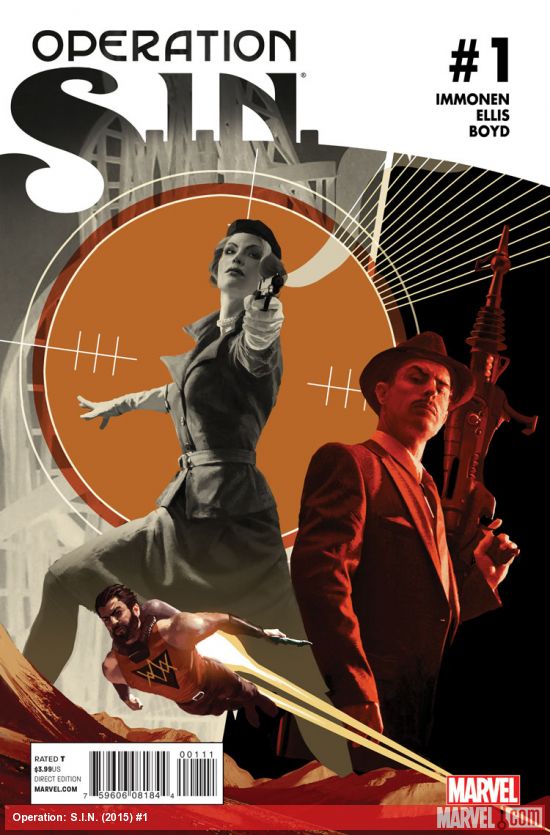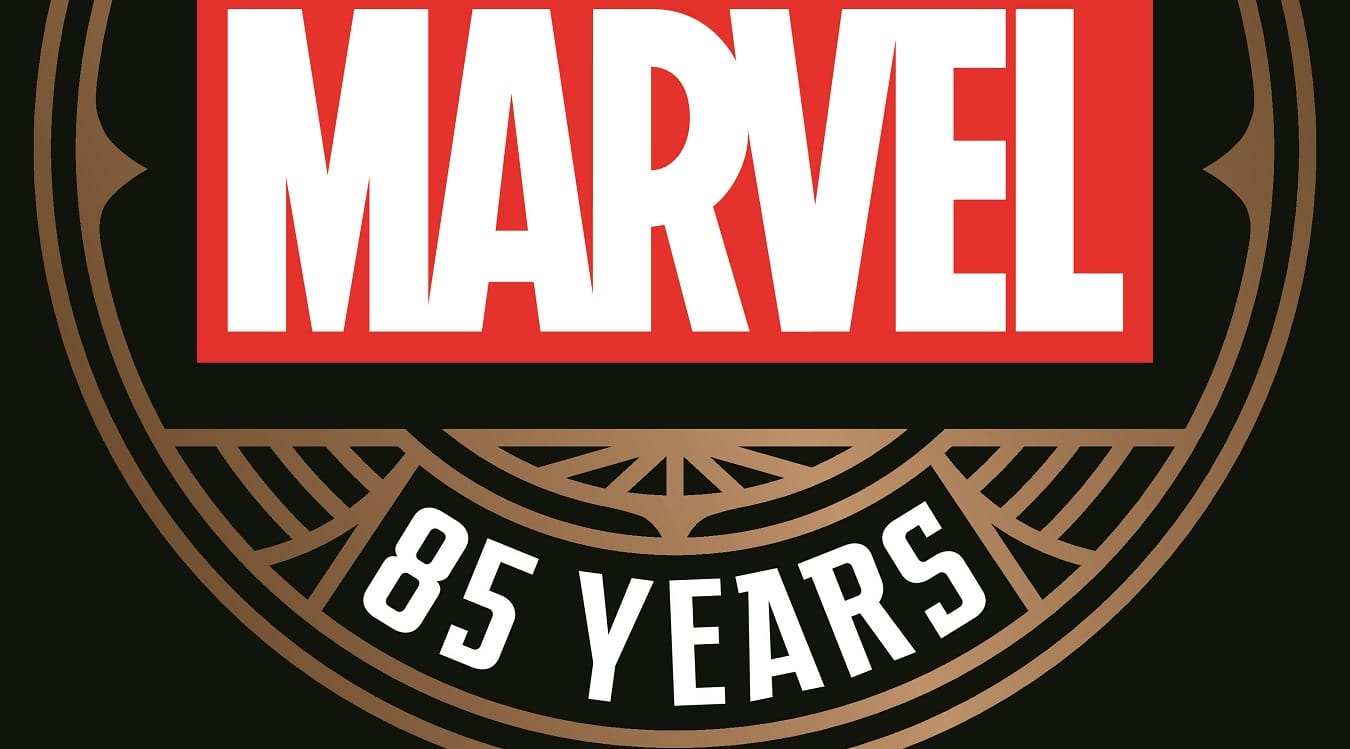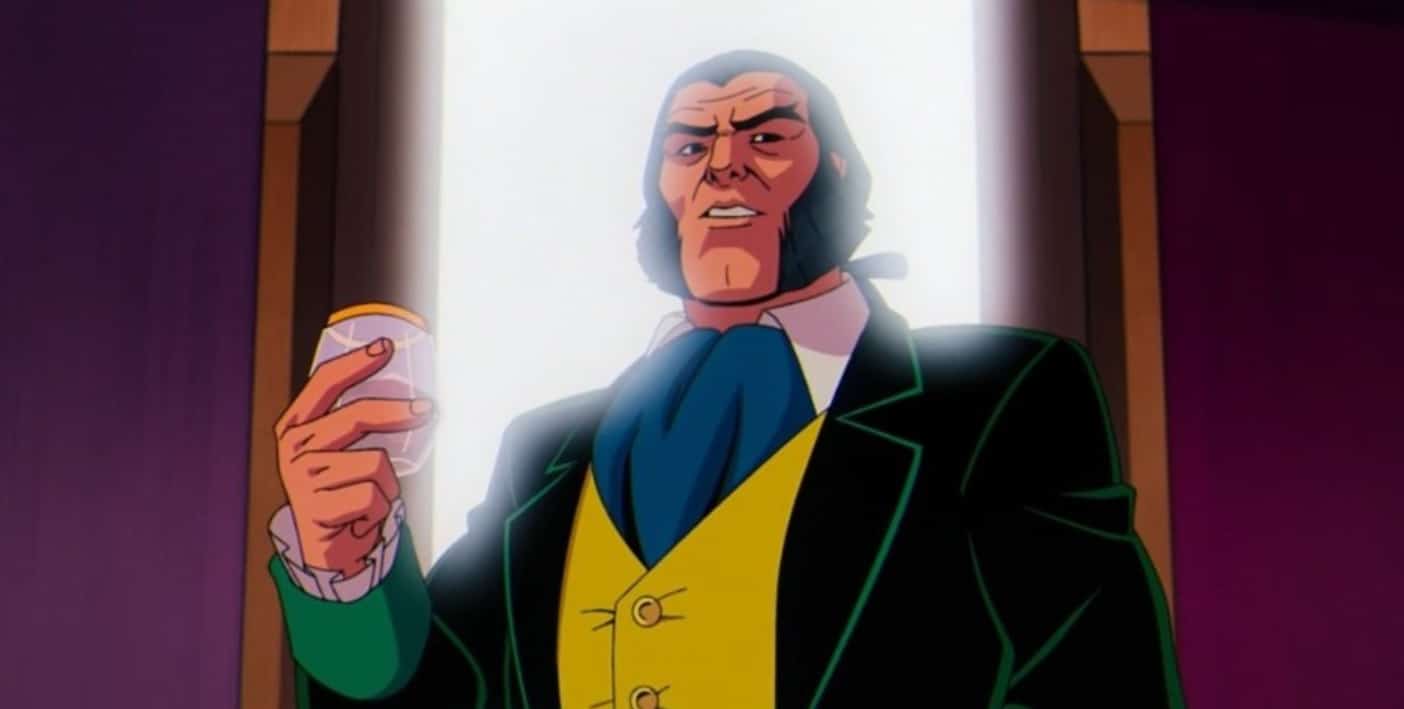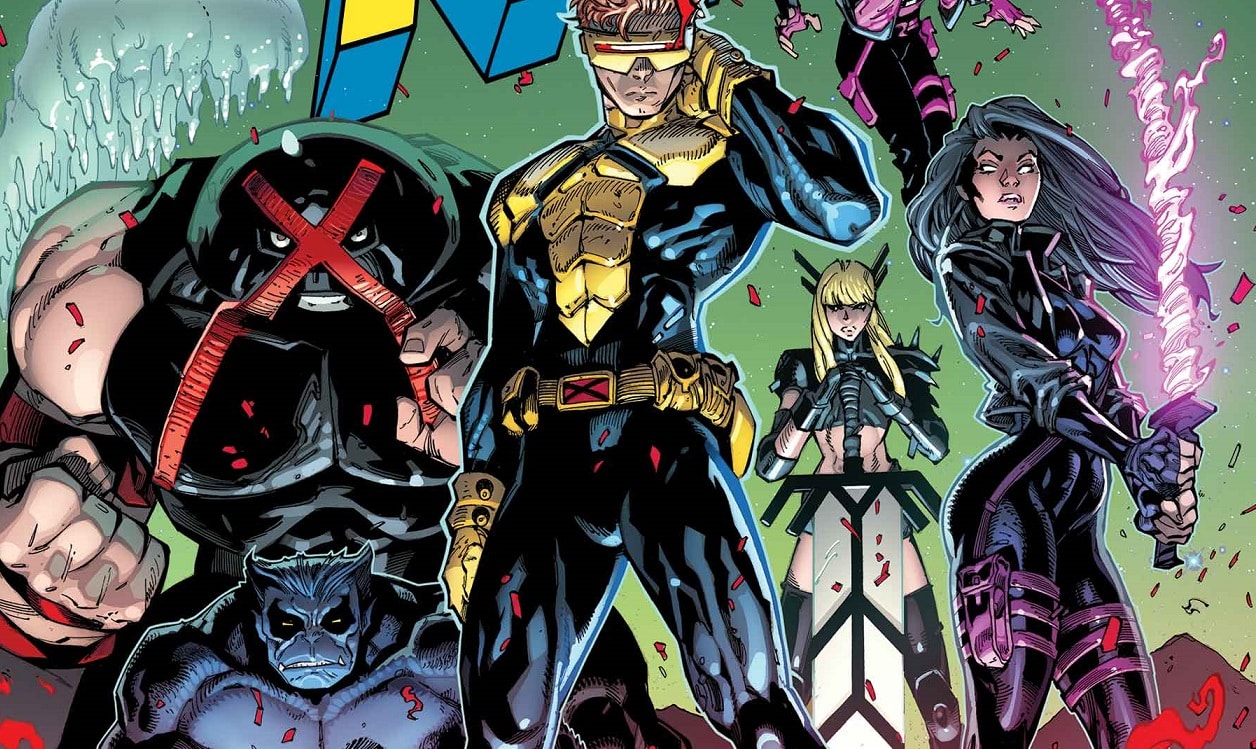 By Matthew Jent
By Matthew Jent
Operation S.I.N. #1
Credits:
Writer: Kathryn Immonen
Artist: Rich Ellis
Colorist: Jordan Byrd
Letterer: VC’s Joe Sabino
Cover Artist: Michael Komarck
Variant Cover Artists: Gabriel Hardman & Jordan Boyd; Skottie Young
Publisher: Marvel Comics
Genre: Superhero/Spy
“Oh God, you meant actual aliens.”
Operation: S.I.N. hits shelves today, starring Agent Peggy Carter, just a few hours after the television debut of, oh! Coincidentally, Marvel’s Agent Carter!
I know, it’s easy to be cynical. I don’t know how we wound up with female-led, period-set Marvel Comics television show almost 4 years after the character was introduced in Captain America: The First Avenger, but by most accounts it’s a very good show. So let’s just enjoy the corporate synergy that also gives us a female-led, period-set Marvel comic book as well.
Operation: S.I.N. opens with an action piece showcasing Carter’s badassery, fighting off a home invasion in her underwear. Badassery is great! But in contrast, television’s Agent Carter gets her cool moments after we’ve seen her as a human being, talking to her roommate, and, yes, remembering her old friend Steve Rogers. By moving too quickly past what makes a character a character, Operation: S.I.N. paints Agent Carter as a personified series of events. She could be any female agent, and other than the style of the clothing and the use of the Soviet Union, it could be set in any time period.
A lot of reboots and launches are struggling with their first issues these days. The first issue of the Thor relaunch, hyped as the introduction of the new, female Thor, relegated its new hero to the very last page, while the old, male Thor got an extended fight sequence and a turning point to his old plotlines. Basically — the stories in these reboots don’t start until issue two. Operation: S.I.N. doesn’t quite have that problem, as it really gets going halfway through as Agent Carter arrives in the Soviet Union for a mission of mystery. Carter’s contentious relationship with Howard Stark is at the core of both Operation: S.I.N. and Marvel’s Agent Carter, but in the show there’s a charm and a delightful tension between the two. On the comics page, it’s more difficult to get a read on the dynamic between the two. But once every gets to the Soviet Union, the story starts to move. Agent Carter has a Soviet handler/guide who is more than she lets on — hazy, sort-of-flashback panels reveal secrets to the reader that are unknown to Carter, without resorting to exposition-y captions — and the appearance of Woodrow McCord, who was introduced in a pivotal cameo in Original Sin, ties this series, at least tangentially, to that particular Marvel event series.
The art from Rich Ellis and the colors by Jordan Boyd are fun and bright. Ellis’s art (and facial expressions) give the book a kind ofVenture Brothers look, and if there’s ever a Venture comic book, this would be a good go-to art team. The aforementioned Soviet-agent-flashback page is a standout visual sequence, and even the Carter-fights-in-her-underwear scene that kicks off the series comes across as more cheesecake than exploitive. Ellis & Boyd give the book a fun look, and while it would have be easier and more obvious to go with dark colors and a noir look, the palette and style of this first issue make the series look poppy and fun. It’s a good look, and reminiscent of Chris Samnee’s exciting work on Daredevil, at least in appearance if not-quite-yet in style.
(Side note: there’s an honest to goodness Charles Atlas ad in this issue, and when I first saw it I thought, Oh wow, they’re doing period-specific fake ads, how fun! Alas, this is a real ad that continues Atlas’s promise to “make you a new man.” Look out bullies, in a world of preptual reboots — Charles Atlas is back!)
It’s not entirely fair to compare Operation: S.I.N to the televised Marvel’s Agent Carter, but it’s also hard not to. What Agent Carter does well is establish interesting relationships with emotional stakes, and balances them with fun, retro-but-fresh action sequences. Operation S.I.N. has some exciting action, but the relationships are still painted very broadly. This issue shows a lot of potential in its second half, and would have been better served if it had started later and extended past its Soviet Union-set cliffhanger. As it is, Operation S.I.N. #1 is half-realized.









So, how does this dovetail with Stark and Richards and the Brotherhood of the Shield?
Comments are closed.